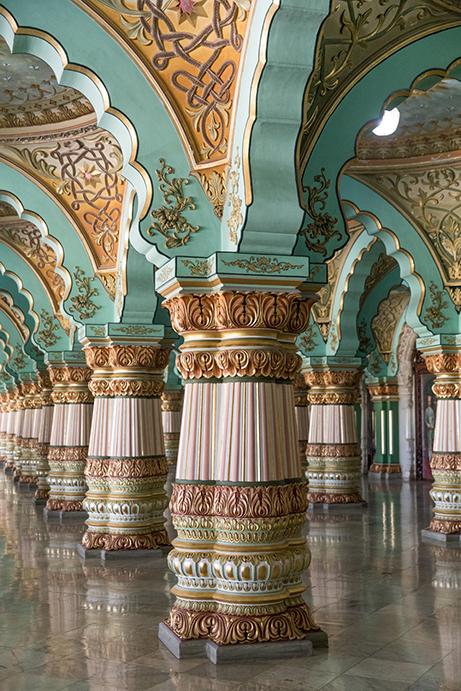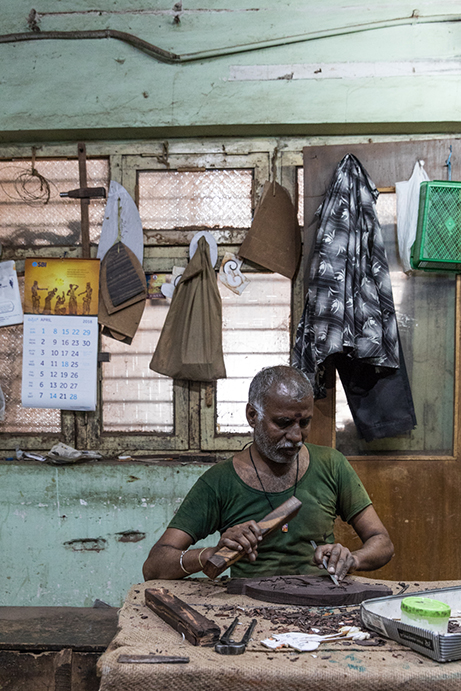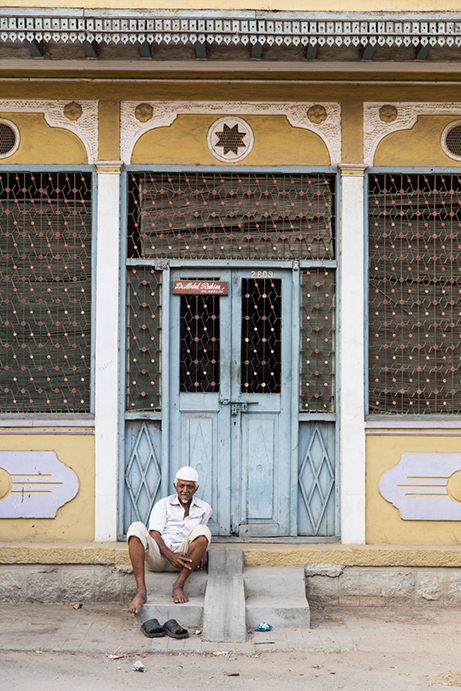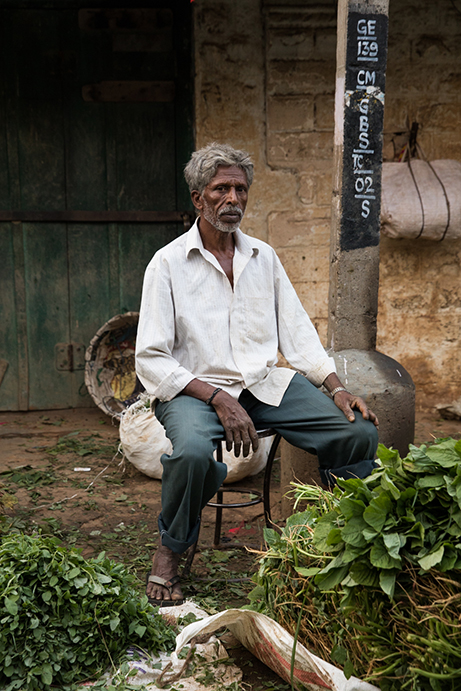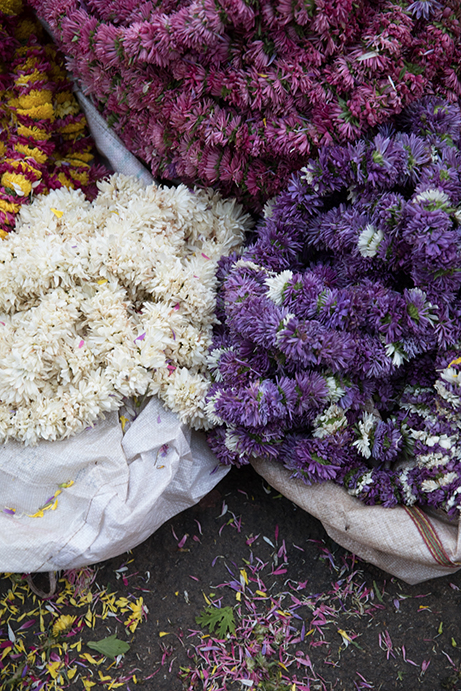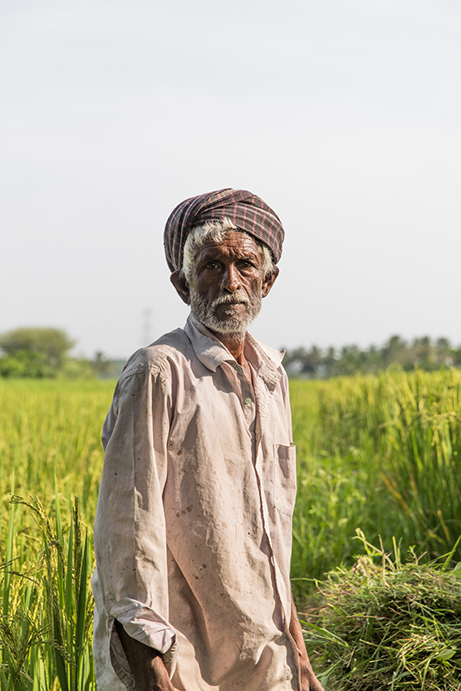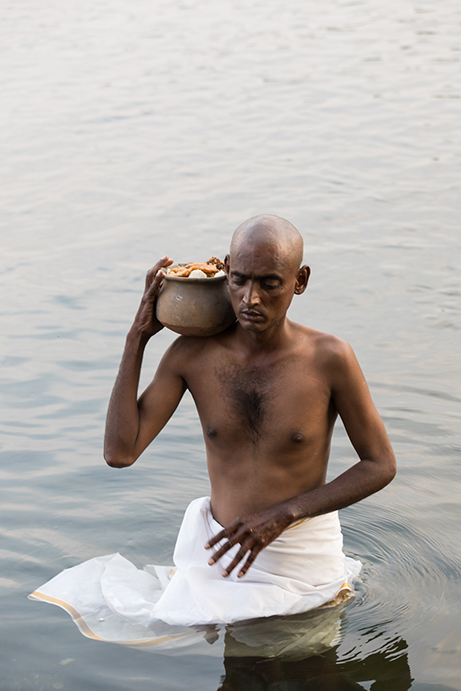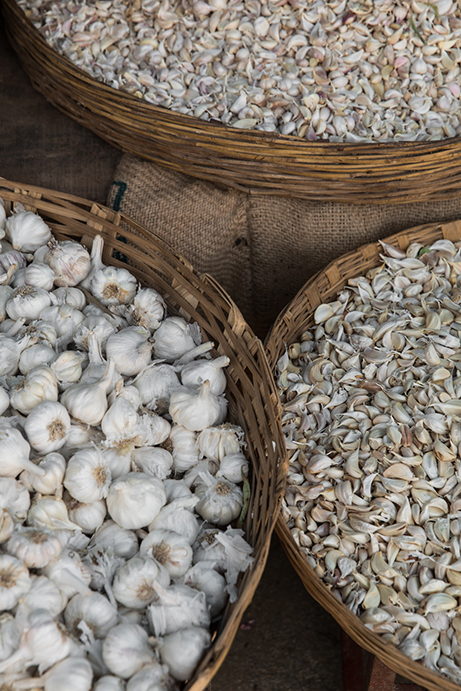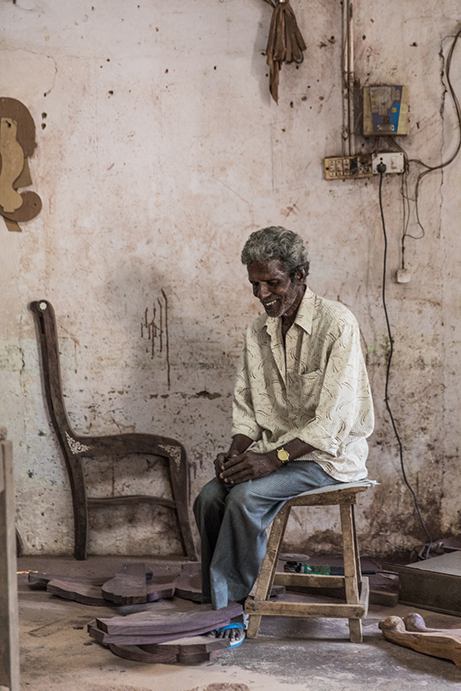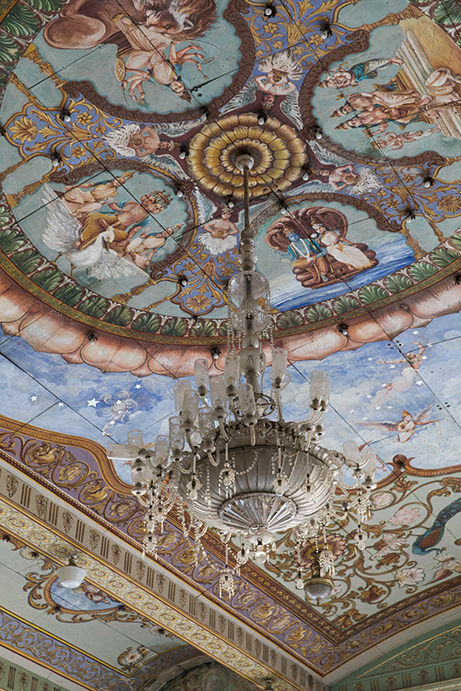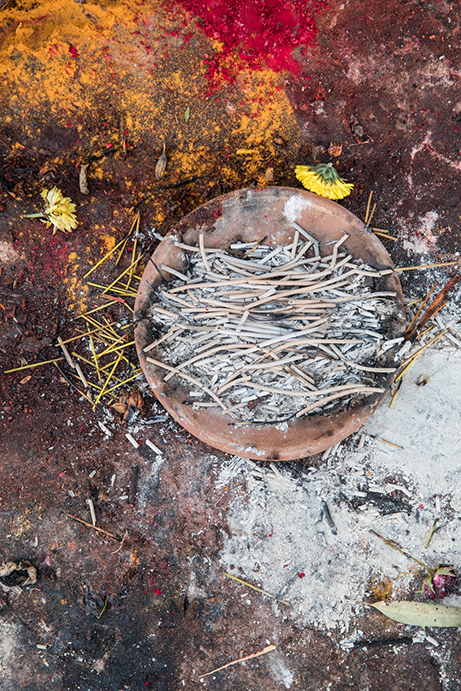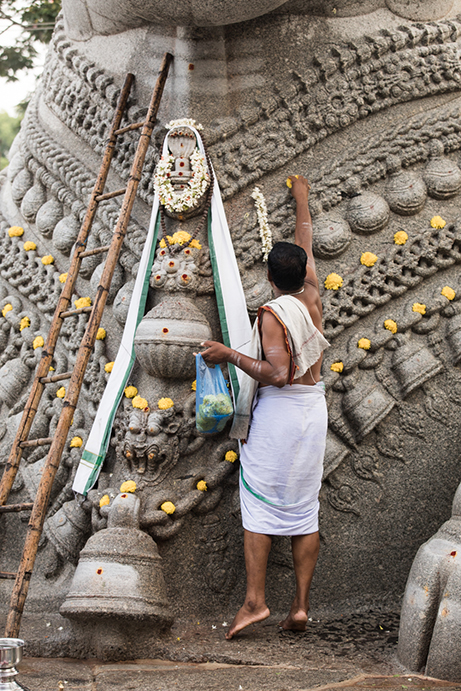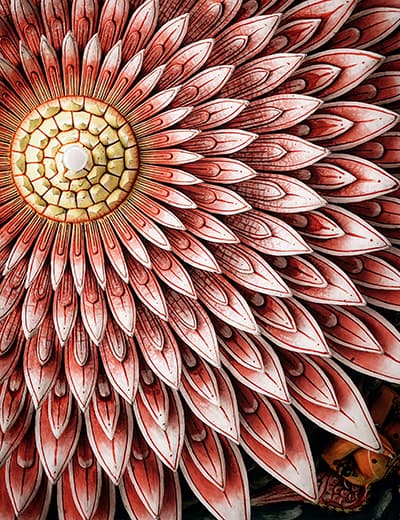NARRATIVES
Threads of a Culture
WORDS BY LODESTARS ANTHOLOGY AND SURBHI MITTAL
PHOTOS BY GRETA RYBUS
South India
As one travels through the roads of India, they experience a sense of being overwhelmed. There is a lot happening at any given point of time, extremes exist side by side, often with blurred boundaries - mansions and huts, houses and shops, life, work and festivals - many threads coming together to give rise to a culture. Tugging at one of these threads, one can gain an understanding of the culture of a place.
In the summer last year, Greta Rybus and Lodestars Anthology, travelled with us to capture the local culture of Mysore. From a road trip through the paddy fields of Karnataka, we came upon the local rituals of Mysore, sampling the cuisine, roaming the streets, studying the silk industry and exploring awe-inspiring architecture.

